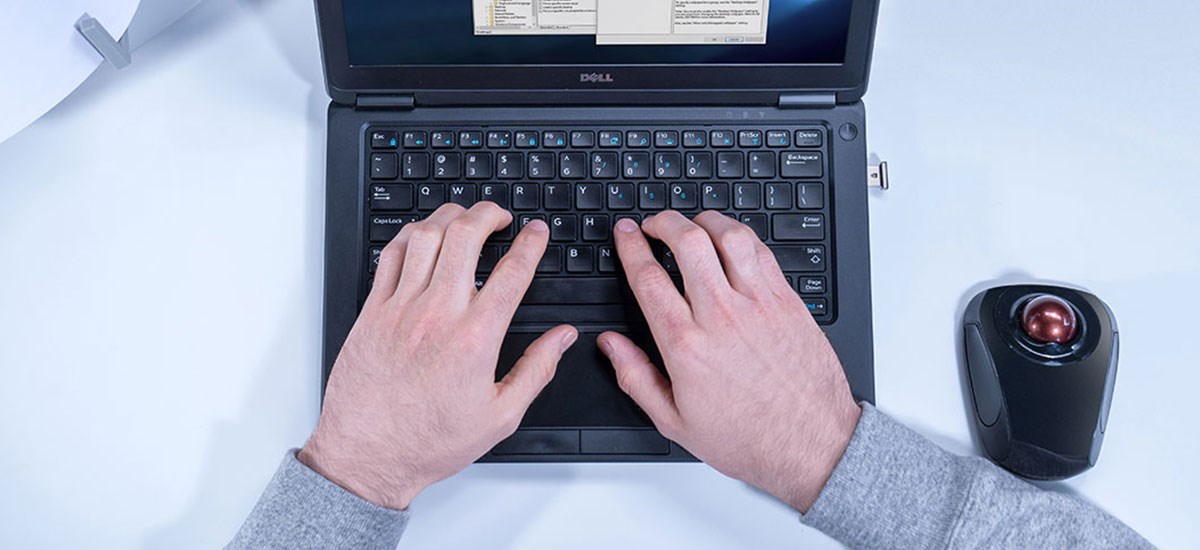As technology continues to advance, the importance of digital security for businesses has become more critical than ever before. With the rise of remote work and cloud-based systems, businesses are facing new challenges when it comes to securing their sensitive data and systems. In this article, we will discuss emerging trends in digital security and how businesses can adapt to these changes.
Rise of Remote Work and Cloud Security
The COVID-19 pandemic forced many businesses to adapt remote work arrangements to ensure the safety of their employees. This resulted in a significant increase in the use of cloud-based systems and services, which offer a convenient and secure way for employees to access company data and applications from anywhere. However, the rise of remote work also led to new security risks, as employees began accessing sensitive data and systems from outside of the traditional corporate network.
To address these challenges, businesses have begun adopting secure remote access protocols and second-factor authentication methods. Secure remote access protocols, such as virtual private networks (VPNs) and remote desktop services, allow employees to access company systems and data securely from outside the corporate network. These protocols use encryption and access controls to ensure that only authorized personnel can access sensitive information.
Second-factor authentication methods, such as one-time passwords (OTP) and biometric authentication, provide an additional layer of security to ensure that only authorized personnel can access company data and systems. This requires users to provide a second form of authentication, such as a code generated by a mobile app or a fingerprint scan, in addition to their password. This makes it much harder for attackers to gain unauthorized access to sensitive information.
The rise of remote work has made it more important than ever for businesses to prioritize cloud security and secure remote access. By adopting secure remote access protocols and second-factor authentication methods, businesses can ensure that their sensitive data and systems are protected from cyber threats, even when employees are working outside of the traditional corporate network.
Biometrics and Passwordless Authentication
Biometric authentication methods are becoming increasingly popular in both consumer and business environments due to their ability to offer a more secure and convenient login experience. These methods use unique physical or behavioral characteristics of individuals, such as fingerprints, facial recognition, and voice recognition, to authenticate users, making it much more difficult for attackers to replicate or steal login credentials.
In addition to biometric authentication methods, passwordless logins are also gaining popularity as they eliminate the need for traditional passwords altogether. Passwordless authentication uses other authentication factors, such as biometrics, smart cards, or security keys, to authenticate users. This reduces the risk of password-based attacks, such as phishing and brute-force attacks, which are becoming increasingly common.
Passwordless authentication methods may require significant changes to existing IT infrastructures, which can be costly and time-consuming. Businesses must ensure that they comply with relevant data protection regulations, such as the GDPR and CCPA, which require them to collect, store, and process biometric data in a secure and transparent manner.
Passkeys represent a new passwordless authentication technology that combines the benefits of biometric authentication with the convenience of passwordless logins. Passkeys are a unique combination of biometrics and cryptography that allow users to log in to their accounts using their smartphones or other mobile devices. With passkeys, users can authenticate themselves using their biometric data, such as fingerprints or facial features, which is encrypted and stored on their device. This eliminates the need for traditional passwords and provides a more secure, convenient, and reliable authentication experience.
By combining biometric authentication with passwordless login methods, businesses can provide a more secure and convenient login experience for their employees, while also reducing the risk of password-based attacks. For example, a business could implement a passwordless login system that uses passkeys for authentication, and require users to authenticate themselves using a Kensington VeriMark™ Fingerprint Key before accessing sensitive data or systems. This would provide an additional layer of security, as users would need to provide both their passkey and their fingerprint to gain access.

All businesses must carefully consider the benefits and challenges of biometric authentication and passwordless logins before implementing them in their environments. Passkeys can provide a more secure and convenient login experience, but businesses must ensure that they comply with relevant data protection regulations and properly secure biometric data.
Data Privacy and Compliance
Data privacy and compliance have become increasingly critical for businesses in recent years, as data breaches and cyber attacks continue to become more common and more sophisticated. With the introduction of regulations such as the General Data Protection Regulation (GDPR) and the California Consumer Privacy Act (CCPA), businesses must take steps to ensure that they are compliant with the latest data privacy laws and regulations.
To achieve compliance, businesses must implement privacy-centric practices and technologies to protect sensitive data from unauthorized access or disclosure. For example, data encryption and access controls can help to ensure that only authorized personnel can access sensitive information, while data masking and de-identification can help to protect sensitive data from being exposed in the event of a breach.
In addition to compliance, businesses must also future-proof their security infrastructure to stay ahead of emerging threats. This requires embracing scalable and adaptable security solutions that can evolve with the changing threat landscape. Continuous monitoring and updating of security systems are critical to ensure that vulnerabilities are identified and addressed in a timely manner.
Investing in emerging technologies and solutions, such as artificial intelligence and machine learning, can also help businesses stay ahead of emerging threats. These technologies can be used to identify patterns and anomalies in data, allowing businesses to detect and respond to potential threats before they become a problem.
Another way to future-proof security infrastructure is to implement a Zero Trust security model, which assumes that every user, device, and network request is potentially malicious. By adopting a Zero Trust model, businesses can ensure that all access attempts are validated and authorized before granting access to sensitive data and systems.
Businesses must take data privacy and compliance seriously by implementing privacy-centric practices and technologies to protect sensitive data from unauthorized access or disclosure. Additionally, adopting a Zero Trust security model, investing in emerging technologies and solutions, and continuously monitoring and updating security systems can help businesses stay ahead of emerging threats and future-proof their security infrastructure.![]()
Conclusion
Businesses face significant challenges in maintaining digital security in the face of emerging trends. The pandemic accelerated the rise of remote work, making it important for businesses to secure their cloud-based systems and data by adopting secure remote access protocols and second-factor authentication methods. Biometric authentication methods and passwordless logins offer additional layers of security, and technologies such as the Kensington VeriMark™ device can enhance authentication in a passwordless environment.
As data privacy regulations continue to evolve, businesses must ensure that they are compliant with the latest laws and regulations by implementing privacy-centric practices and technologies, such as data encryption and access controls, to protect sensitive data from unauthorized access or disclosure. To stay ahead of emerging threats, businesses must future-proof their security infrastructure by embracing scalable and adaptable security solutions, continuously monitoring, and updating security systems, adopting a Zero Trust security model, and investing in emerging technologies and solutions such as artificial intelligence and machine learning.
By understanding and adapting to these emerging trends, businesses can ensure that their sensitive data and systems are protected from cyber threats, and they can maintain a secure and reliable digital environment.
Learn more about Biometric Security Solutions
